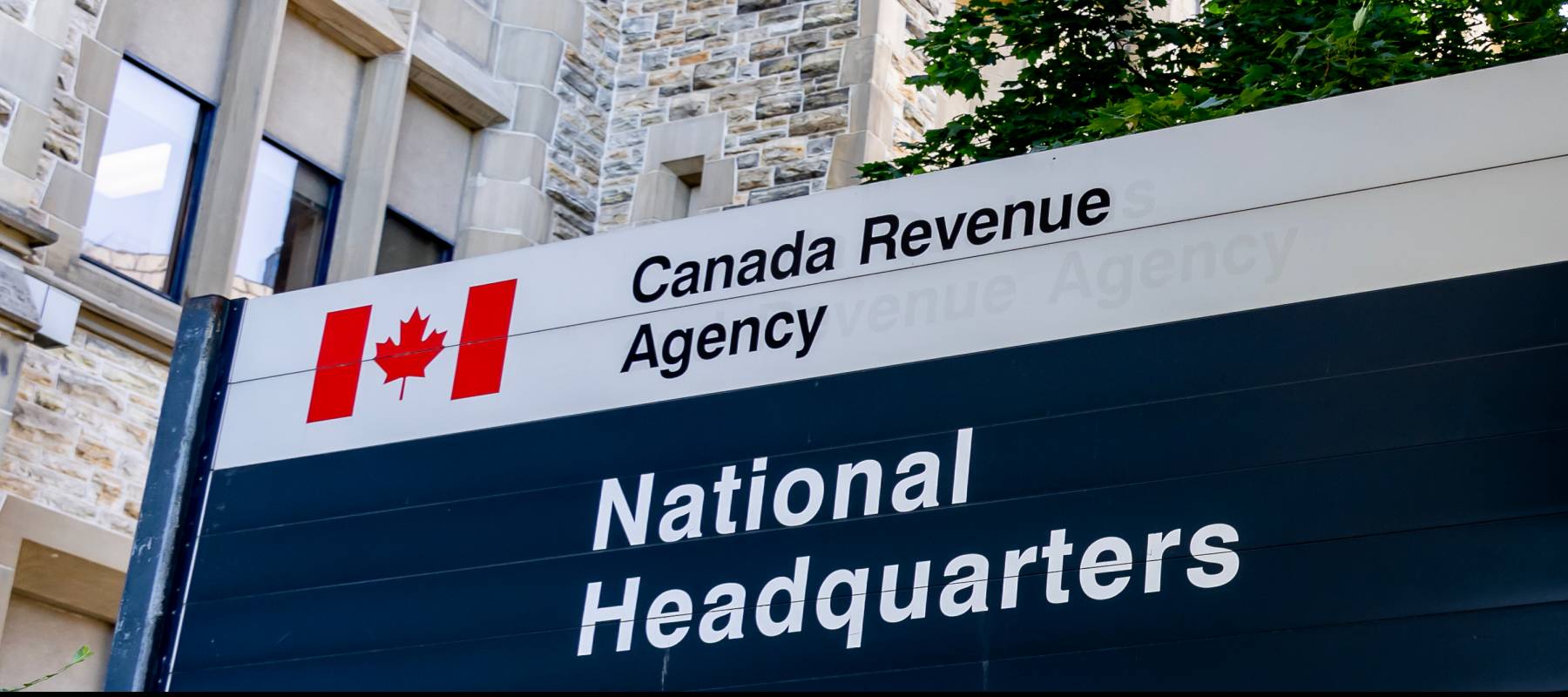1. Set yourself up for success
You’ll find it much easier to complete your tax return each year if you set things up efficiently at the very beginning. First of all, decide whether to work under your own name or a business name. If you’re using your legal name, you don’t need to register as a business, but if you use a business name, you’ll have to register it as a legal business and you should consider opening a business bank account.
Next, start as you plan to go on by keeping an ongoing record of all your income and business expenses. It is up to you how you choose to do this; you could use one of the many business apps to record income and expenses electronically or download an Excel template for income and expense tracking. Keep all of your paper receipts in a dedicated folder, too.
Our recommended tax software
2. Budget for taxes
If you prepare to pay your tax bill throughout the year, you won’t get a huge shock when tax season comes and you’re faced with finding the money for a lump sum payment. It’s best to set aside 25% of your income as it comes in for your tax bill so that you’ll have the funds available to pay it when the time comes.
3. Understand your tax return
Like every Canadian, you’ll need to complete Form T2125 Statement of Business or Professional Activities, which is a more detailed list of your income and expenses as a freelancer. If you kept good records during the year, you shouldn’t find it too hard to complete these forms, and the CRA guide T4002 gives more details about the process.
The CRA offers an online tax filing service, so you can e-file your tax return entirely online, and go back to make changes, if necessary. You can also auto-fill your tax return using last year’s figures to speed up the process.
Don’t throw away your spreadsheet and receipts when you’ve finished completing the tax forms, because you may need to send them into the CRA, too.
4. Calculate deductible expenses
Your taxable income is your net income, which is the total amount that you earned in the last calendar year, minus the total of your deductible expenses in the past calendar year. That means that it’s worthwhile keeping track of every deductible expense because it reduces the amount of tax you’ll have to pay.
Which expenses are deductible?
Deductible expenses include:
- Office supplies
- Marketing costs (e.g., printing flyers, paying for online ads, etc.)
- Resources you need for your business, e.g., a new laptop, a better microphone for client calls, a massage chair, etc.
- Mobile phone and internet bill
- Meals and entertainment that you need as part of your business, like buying a sandwich on your way to a client in a different city
- Travel costs, e.g., gas to drive to a client, or the cost of a train ticket
- Ongoing training and professional development, such as the cost of attending a conference
What is the home office deduction?
According to Canada’s tax laws, if you work from home, you can deduct the costs of running your home office. You need to be careful because you can’t claim anything that you used for your personal needs as part of your home office deduction. Instead, you’ll have to calculate what percentage of your home bills pay for your business needs.
You’ll base your home office deductions on the size of your home office. For example, if your home office occupies 20% of your home’s square footage, you can claim 20% of your home bills as deductible expenses. Deductible bills for your home office include:
- Water bills
- Heating bills
- Home insurance
- Mortgage on your property
- Phone and internet bills
- Property taxes
Get help with tax software
If the idea of having to calculate your home office and other deductible expenses makes you feel confused and overwhelmed, there’s a way to make it easier. Tax return software can help you to do this much faster, taking over the complicated calculations for you. Some tax return tools can also help send your tax return in to the CRA on your behalf.
Many freelancers use companies like H&R Block to help handle their taxes. In fact, one of our writers, Jordann Brown, discusses how, as a freelancer, she loved how easy it was for her to fill out the business income section of the software and book an appointment with an expert to go over her tax return. She was left feeling 100% confident her tax return was filled out properly and that there was “no money was left on the table.”
5. Maximize your pension allowance
As a freelancer, there’s nobody paying into a pension on your behalf. That means that it’s your responsibility to prepare for your retirement. Make it a habit to contribute a set amount to your RRSP every year. These are deductible expenses, and your money grows tax-free to fund your lifestyle later on.
6. Pay your GST/HST
Goods and Services Tax (GST) is a federal tax that’s levied on goods and services purchased in Canada. It applies to most products and services. Harmonized Sales Tax (HST) is a consumption tax that is levied in provinces that charge a provincial sales tax (PST) as well as GST, in order to combine both taxes into a single, value-added sales tax.
Like other businesses, freelancers have to collect GST or HST on the services and products they sell, and then pay that tax to the government. The good news is that you can also claim “input tax credits” on GST/HST that you paid on goods and services you need to run your business. That means that you can deduct the GST/HST that you pay on resources for your business from the final amount of GST/HST that you need to pay to the government. Filing a GST/HST return is an important part of your tax obligation.
Are you exempt from GST/HST?
If your gross business revenue is below $30,000 over each tax year, you’re considered a “small supplier,” which means you’re exempt from charging and paying GST/HST. Your gross revenue is the amount you earn before deducting expenses.
If your income exceeds $30,000 in a calendar year, you need to register for GST/HST. You can do it over the phone, by mail or fax, or online at the CRA website, where you will find all of the information you need about the process.
How to calculate GST/HST
If you are liable to collect GST/HST, you’ll need to calculate it at the correct rate. GST/HST is calculated according to the province of your client, not your province, so if you have clients in a few different provinces, you might have to handle a few different rates. Consult the CRA website to get the correct rate.
GST/HST only applies within Canada, so if you’re a freelance designer who works for clients in the US, for example, you won’t need to charge them GST/HST.
How to file your GST/HST return
Once you’re registered for GST/HST, you’ll need to file a GST/HST return, either monthly, quarterly or annually – the frequency is up to you. You also need to remit GST/HST payments, usually at the same time as you file your GST returns.
You’ll need your invoices to complete your GST/HST return; just remember that you have to remit GST/HST for every invoice that you submit, even if it hasn’t yet been paid to you. Visit the CRA site for all the details about filing your GST/HST return.
Filing taxes as a freelancer in Canada doesn’t have to be a headache
Filing freelancer taxes is a necessary evil, but it doesn’t have to be a big headache. If you set things up to track your income and expenses carefully from the beginning, consult the CRA website for guidance and the relevant forms, and use business software to simplify the process, you should be able to file and pay your tax returns unscathed.
Recommended reads:







